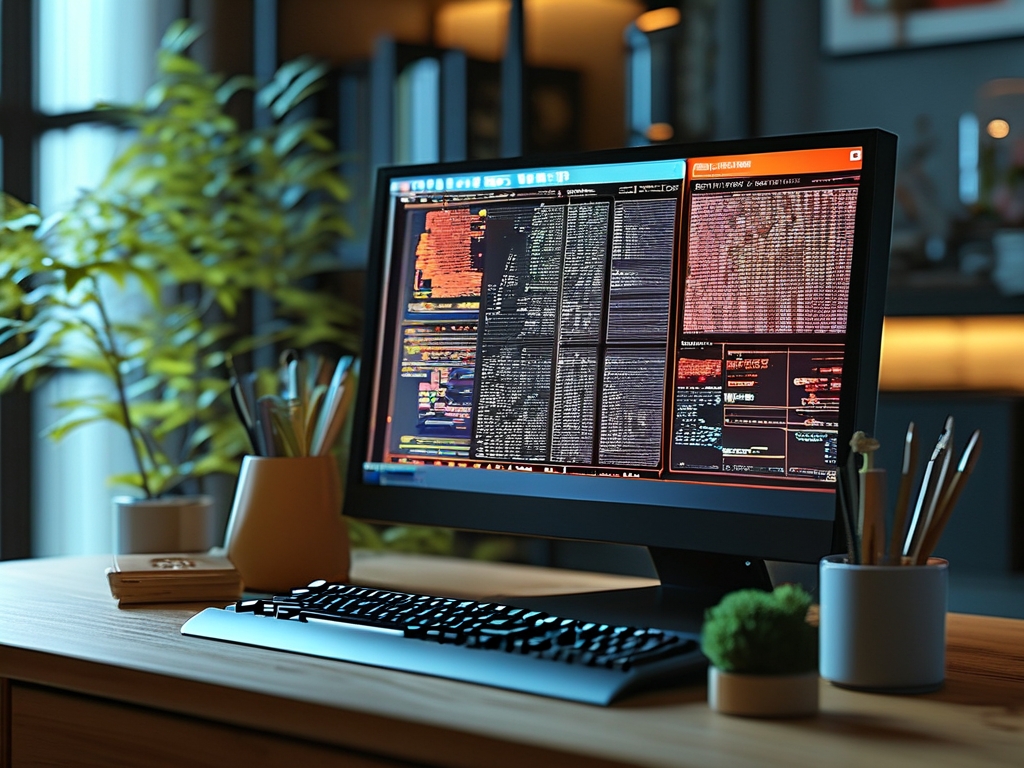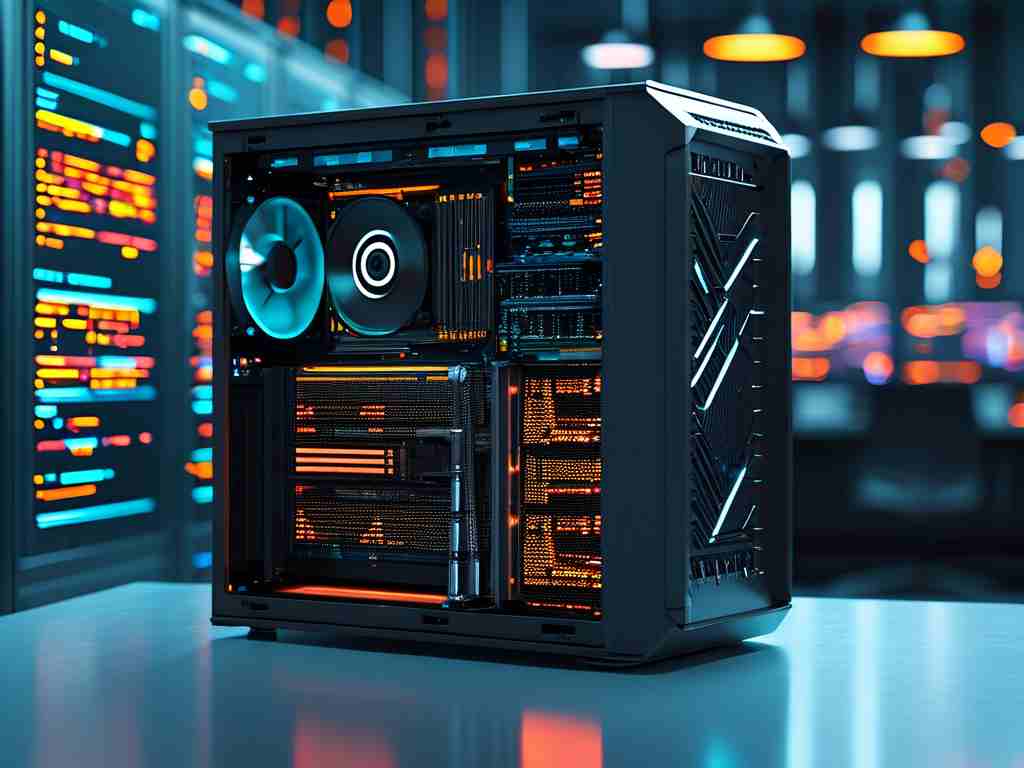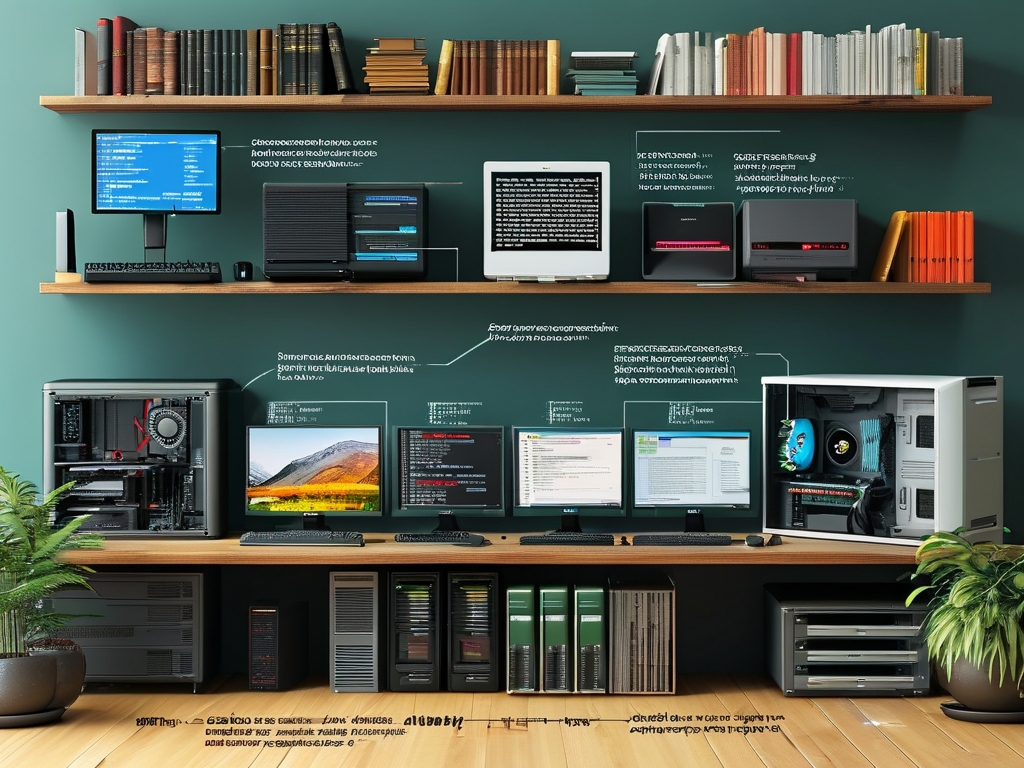When working with video processing or graphics-intensive applications, understanding how computers calculate video memory requirements becomes crucial for optimal performance. This article explores the fundamental principles behind video memory allocation and provides practical insights for developers and system designers.

The Nature of Video Memory
Video memory, often referred to as VRAM (Video Random Access Memory), is specialized memory used to store image data displayed on a monitor. Unlike general-purpose RAM, VRAM is optimized for high-throughput operations required by graphics processing units (GPUs). Its primary function is to hold frame buffers, textures, and 3D rendering data, ensuring smooth visual output. The calculation of required video memory depends on multiple factors, including resolution, color depth, frame rate, and compression techniques.
Key Factors Influencing Memory Allocation
-
Resolution and Color Depth
A screen's resolution (e.g., 1920x1080 pixels) directly impacts memory usage. Each pixel requires storage for color information, typically represented in bits. For example, a 24-bit color depth (8 bits per RGB channel) consumes 3 bytes per pixel. At 1080p resolution (2,073,600 pixels), uncompressed frame storage requires:2,073,600 pixels × 3 bytes = 6,220,800 bytes (~6.22 MB) per frameHigher resolutions like 4K (3840x2160) quadruple this requirement.
-
Frame Rate and Buffering
Modern displays refresh at 60Hz or higher, necessitating multiple frame buffers to prevent visual artifacts. Double buffering (storing two frames) is standard, while triple buffering adds latency reduction. For a 60Hz 4K display:6.22 MB/frame × 2 buffers × 60 fps = 746.4 MB/s bandwidthThis explains why GPUs require high-speed GDDR6 or HBM memory architectures.
-
Compression and Encoding
Video compression algorithms like H.264 or HEVC reduce memory footprint through spatial and temporal compression. For instance, a 10-minute 1080p video at 30 fps:Uncompressed: 6.22 MB/frame × 30 fps × 600 sec = 111.96 GB H.265 Compressed: ~1.5 GB (98% reduction)However, real-time decoding requires additional memory for codec operations.
Practical Calculation Examples
Consider a gaming scenario with these parameters:
- Resolution: 2560x1440 (QHD)
- Color Depth: 10-bit HDR (4 bytes/pixel)
- Frame Rate: 120 Hz
- Anti-Aliasing: 4x MSAA
Memory per frame:
2560 × 1440 × 4 bytes = 14,745,600 bytes (~14.1 MB) With 4x MSAA (multisample anti-aliasing):
14.1 MB × 4 = 56.4 MB per frame Total VRAM requirement for triple buffering:
56.4 MB × 3 buffers = 169.2 MB This simplified calculation excludes textures and shaders, which often dominate modern GPU memory usage.
Optimization Strategies
-
Dynamic Resolution Scaling
Systems like NVIDIA DLSS or AMD FSR intelligently reduce rendering resolution while using AI upscaling, cutting memory needs by 30-50% without noticeable quality loss. -
Memory Hierarchy Utilization
Modern GPUs employ cache hierarchies and unified memory architectures. For example, NVIDIA's Ampere architecture uses:L1 Cache: 128 KB/SM L2 Cache: 6 MB (shared) GDDR6X: 12-24 GBThis structure minimizes access to slower VRAM.
-
API-Level Management
DirectX 12 and Vulkan provide fine-grained control over memory allocation. Developers can use:// Example of explicit memory allocation in Vulkan VkMemoryAllocateInfo allocInfo = {}; allocInfo.sType = VK_STRUCTURE_TYPE_MEMORY_ALLOCATE_INFO; allocInfo.allocationSize = requiredSize; allocInfo.memoryTypeIndex = findMemoryType(...); vkAllocateMemory(device, &allocInfo, nullptr, &bufferMemory);Such low-level control prevents memory bloat.
Emerging Technologies
The shift toward 8K displays (7680x4320) and 360Hz refresh rates pushes VRAM requirements to new heights. Next-gen GPUs now feature:
- PCIe 5.0 Interfaces: 128 GB/s bandwidth
- ML-Based Compression: NVIDIA's RTX IO reduces asset loading memory by 80%
- Unified Memory Architectures: Apple's M-series chips share memory between CPU/GPU, eliminating data duplication
Calculating video memory requirements involves balancing technical parameters with real-world performance constraints. As display technologies advance, efficient memory management remains critical—whether for game development, video editing, or AI training. By understanding these core principles, professionals can make informed decisions when designing or optimizing graphics-intensive systems.









